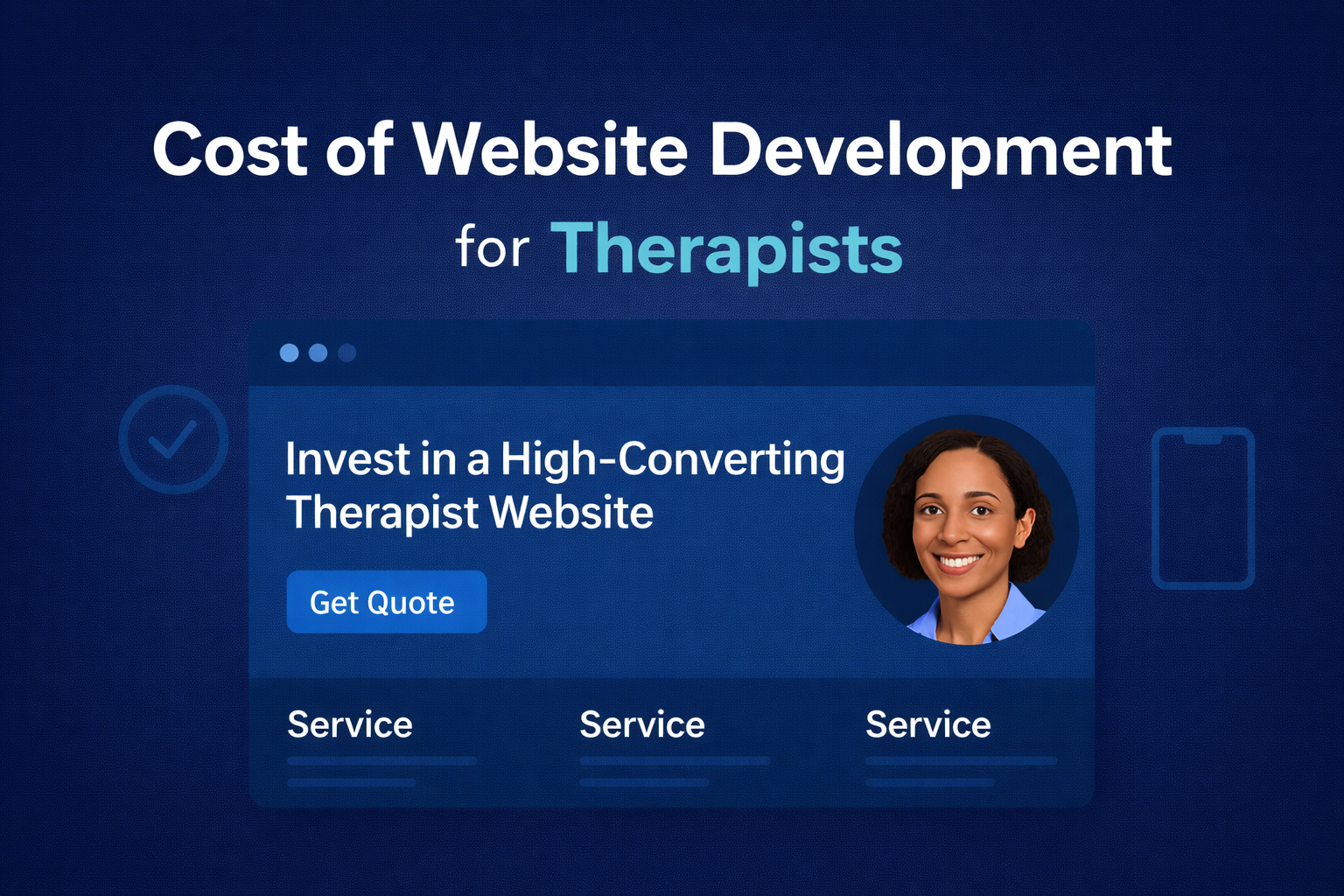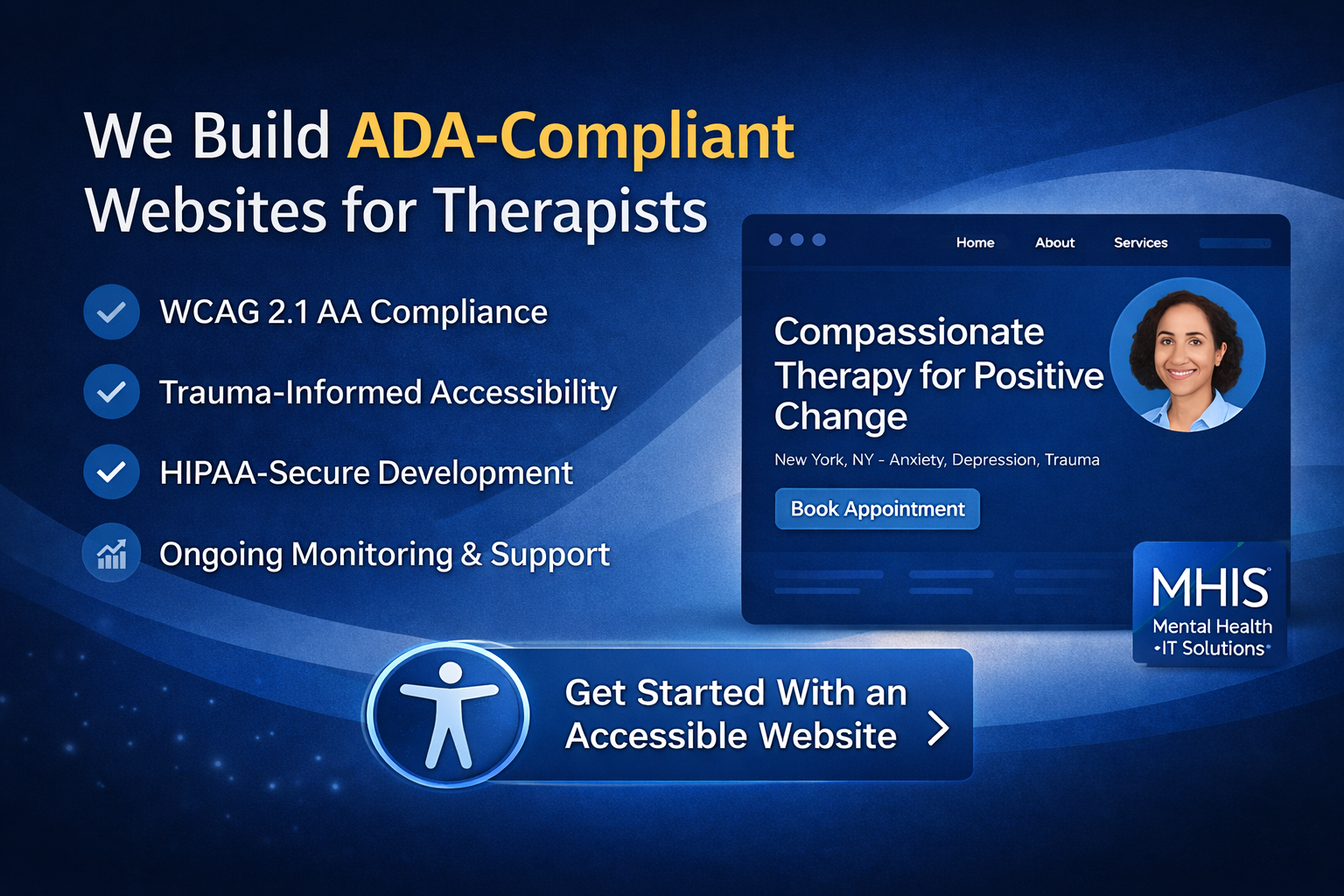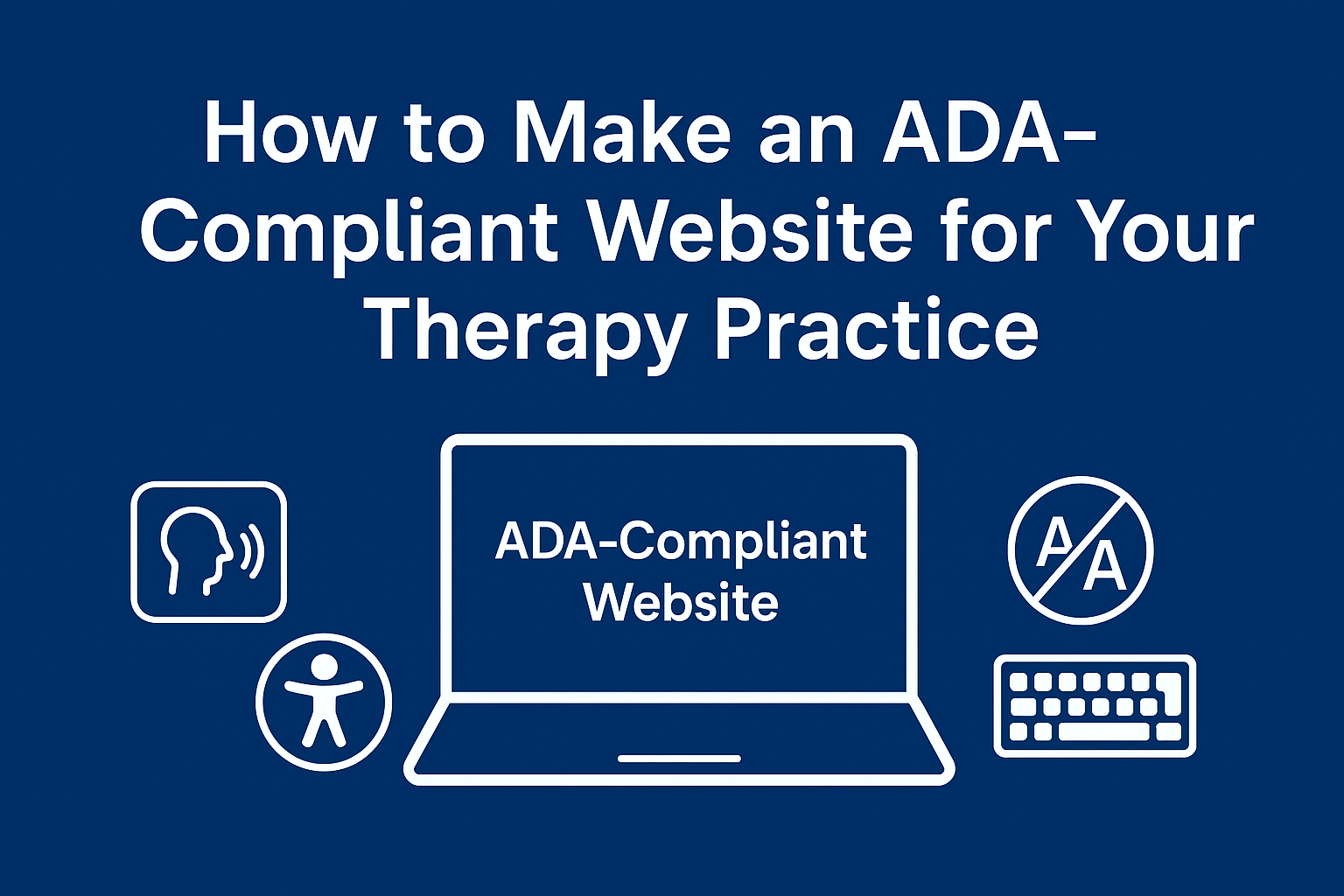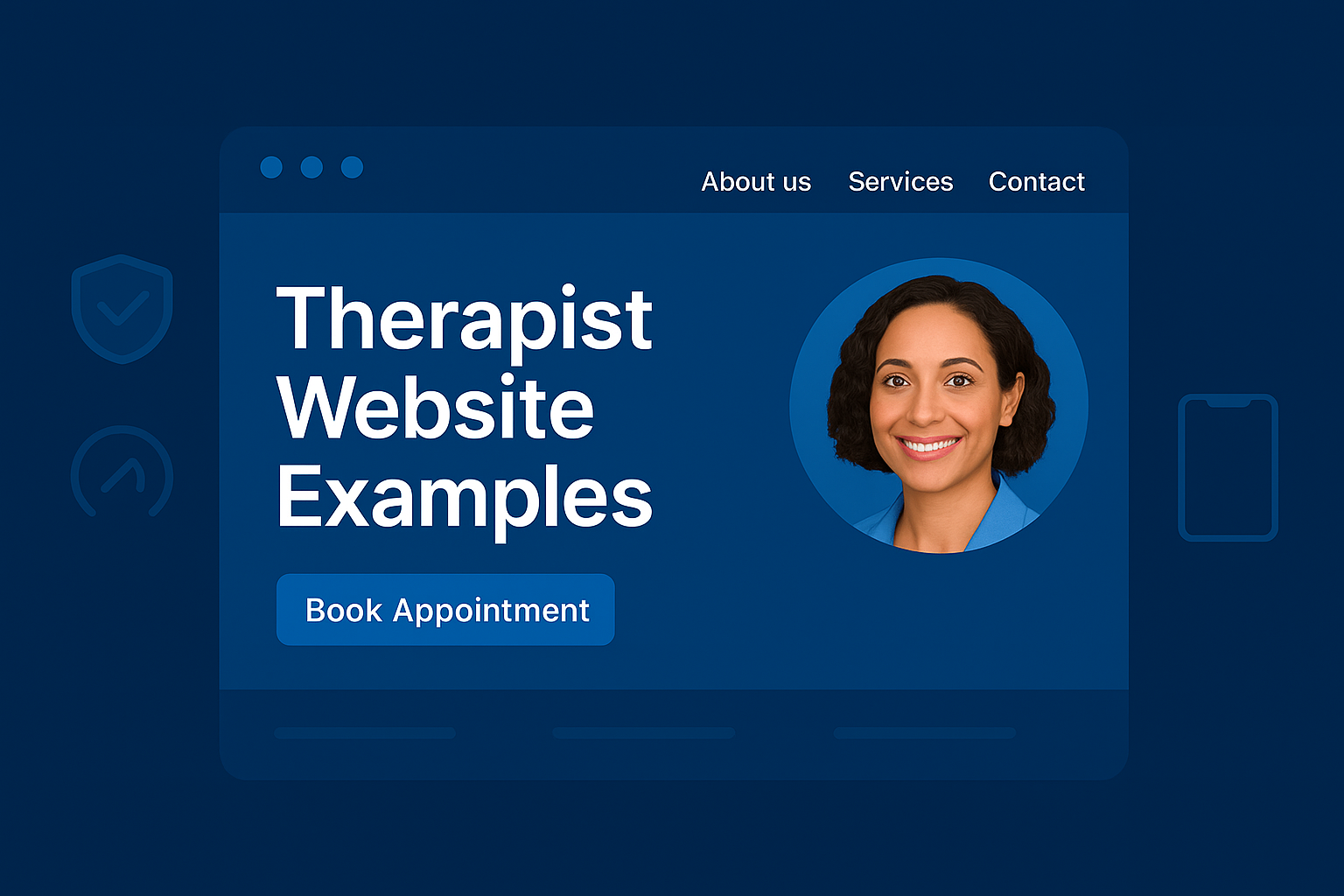Introduction
If you’re asking:
- “How can I make my therapy practice stand out online?”
- “Why isn’t my website or profile bringing in enough clients?”
- “What exactly does ‘online presence’ mean for mental health professionals in 2025?”
You’re not alone.
Today’s clients don’t just want a good therapist — they want to feel confident before reaching out. That confidence is built by what they see online: your website, Google listing, content, reviews, and even your tone of voice.
This blog outlines exactly how therapists, psychologists, and LMFTs can build an effective and trustworthy online presence that attracts and converts ideal clients.
1. Create a Professional, SEO-Optimized Website
Your website is the foundation of your online presence.
✅ Must-haves:
- Voice search–optimized pages (answering questions like “What is CBT therapy?” or “How does teletherapy work?”)
- A fast, mobile-responsive layout
- Clear navigation with services, FAQs, and booking options
- HIPAA-compliant contact forms
📌 Build it right: Website Development for LMFTs
📌 Also read: High-Converting Teletherapy Website
2. Claim and Optimize Your Google Business Profile
Google Business is often the first place people see you.
✅ Make sure to:
- Add your services, hours, and service areas
- Include professional photos and your logo
- Get client reviews (ethically and anonymously if needed)
- Post updates regularly (e.g., blog links, news, availability)
📌 Guide: How Therapists Can Use Google Business Profile
3. Build Authority Through Blog Content
Content builds trust — especially when it answers real client questions.
✅ Write or outsource blog posts that:
- Address common concerns (“What to expect in your first therapy session”)
- Include location keywords (“Therapy for burnout in San Diego”)
- Speak to specific audiences (teens, couples, first-time therapy clients)
📌 Done-for-you strategy: Content Marketing for Psychologists
4. Engage on Social Media Where Your Clients Are
You don’t need to be everywhere — just where your ideal audience spends time.
✅ Instagram or Facebook is ideal for:
- Reaching millennials and Gen Z
- Sharing educational carousels or reels
- Establishing your tone and visual brand
✅ LinkedIn is great for:
- B2B work
- Networking with other clinicians or coaches
- Promoting webinars or speaking events
📌 Tips: Social Media for LMFTs
5. Use Consistent Branding Across All Platforms
✅ Keep the same:
- Practice name
- Color palette and logo
- Bio/description tone
- Profile photo
Whether someone finds you on Google, Psychology Today, or Instagram — they should instantly recognize your brand.
📌 Need a rebrand? Build Your Therapist Personal Brand With Agency Help
6. Encourage (Compliant) Client Reviews
✅ Review strategies:
- Ask for feedback post-session via email
- Use language like: “If you’re comfortable, a review on our Google profile helps others find our services.”
- Share anonymized testimonials (if allowed)
📌 More on this: Online Reputation Management in Mental Health
7. Add Listings to Relevant Directories
✅ Get listed on:
- Psychology Today
- TherapyDen
- GoodTherapy
- Local mental health directories
Make sure every listing has:
- Your website link
- Updated phone/email
- Clear, voice-optimized service descriptions
📌 Centralize traffic: Attract Clients with Therapist Online Marketing
Final Thoughts
An effective online presence doesn’t mean being on every platform.
It means showing up clearly, consistently, and credibly where your ideal client is already looking.
Here’s your online presence checklist:
✅ A fast, SEO-driven website
✅ Claimed and optimized Google Business Profile
✅ Weekly or bi-weekly blog posts
✅ One active social media account
✅ Reviews and directory listings
✅ Consistent branding everywhere
At Mental Health IT Solutions, we handle all of that — so you can focus on your clients.







